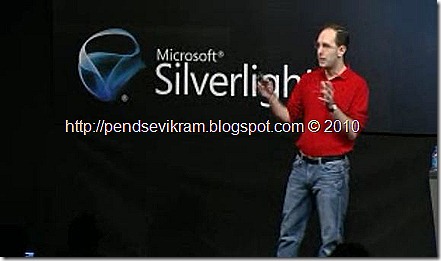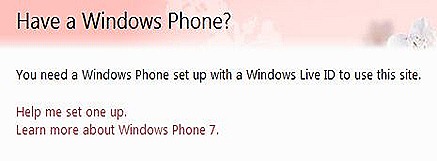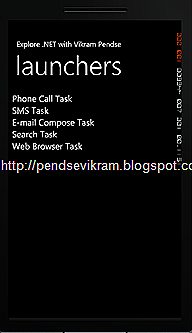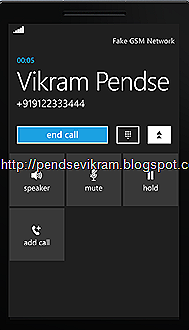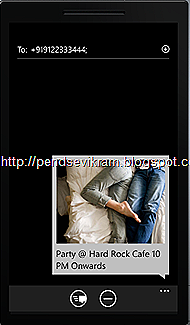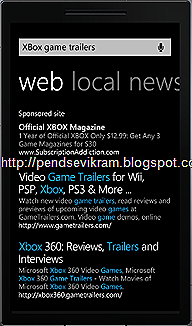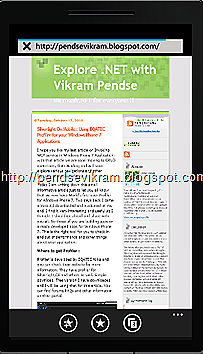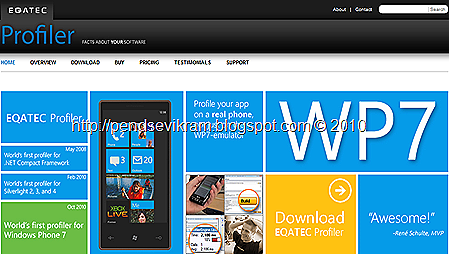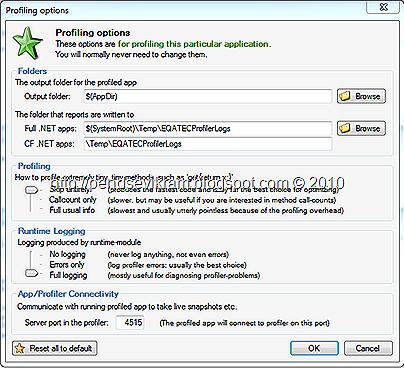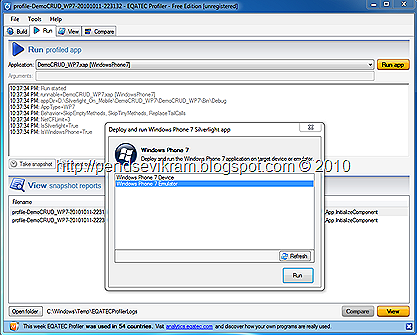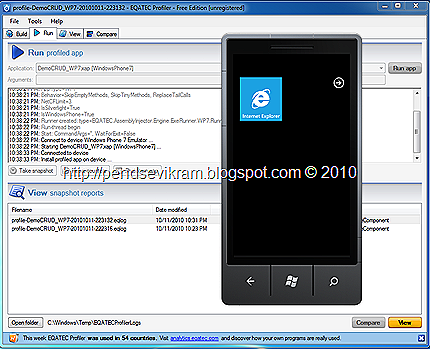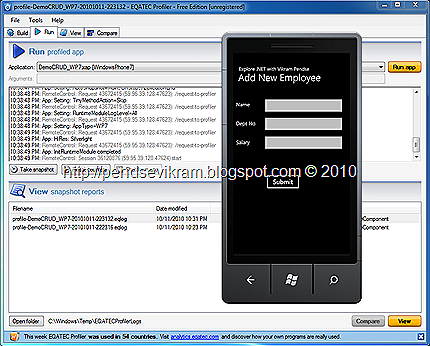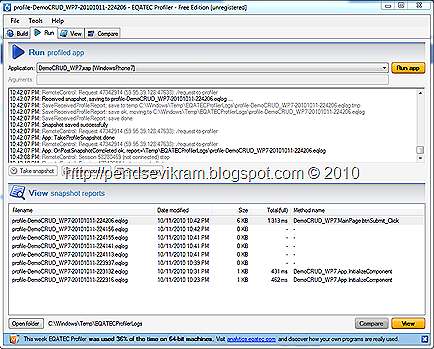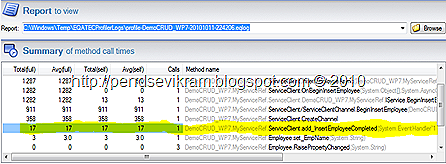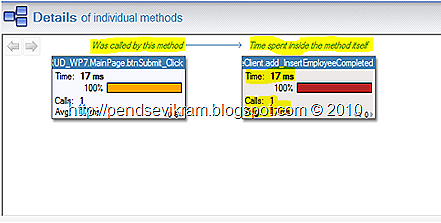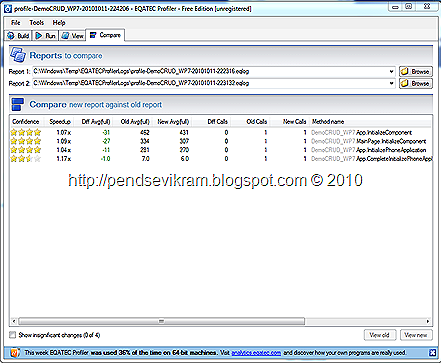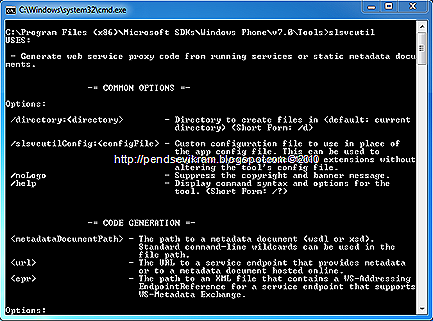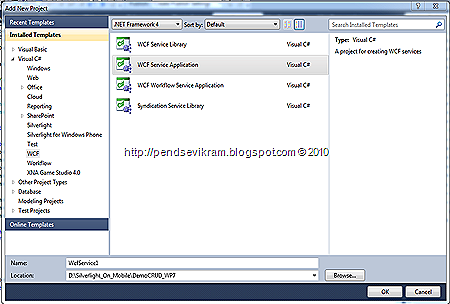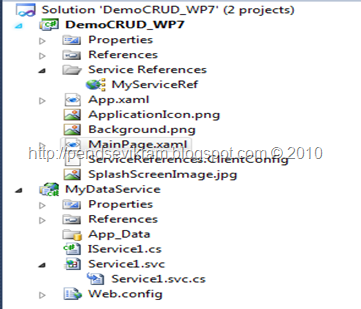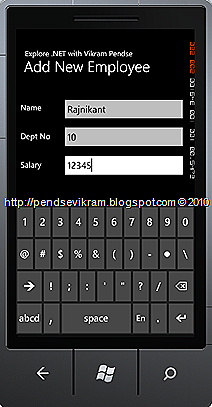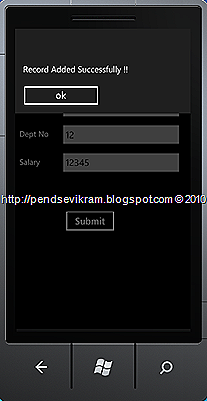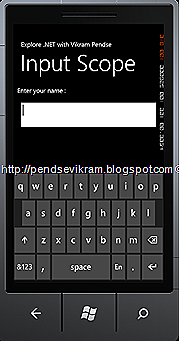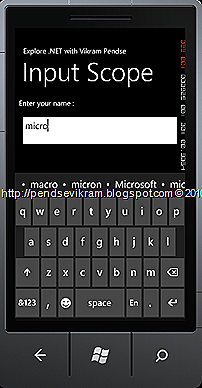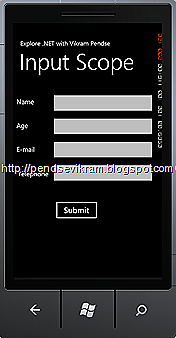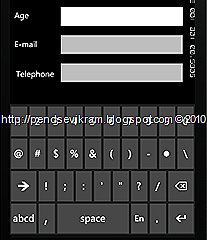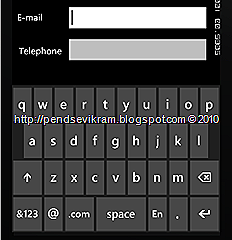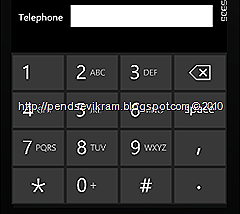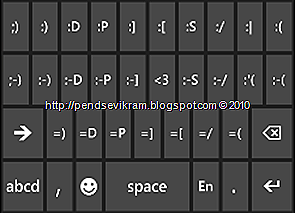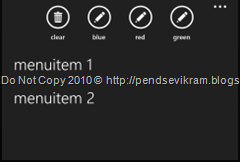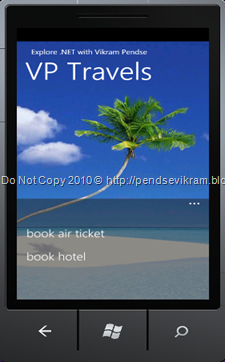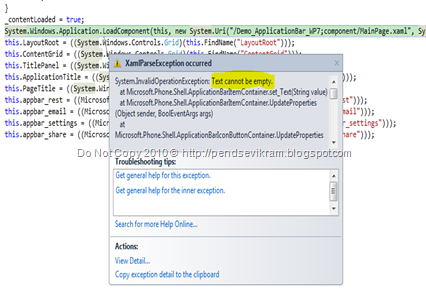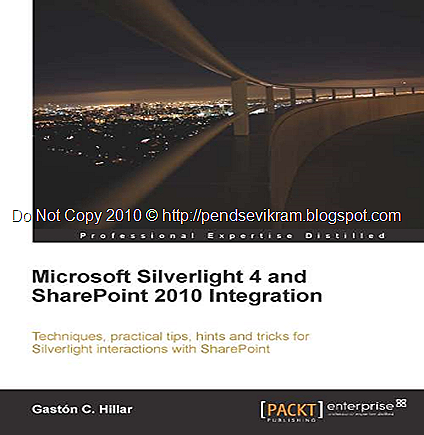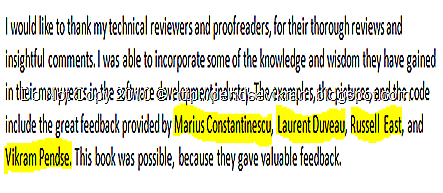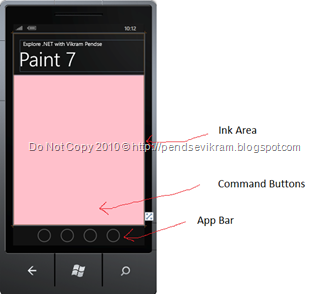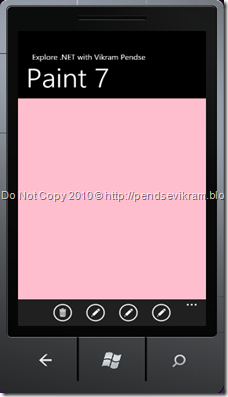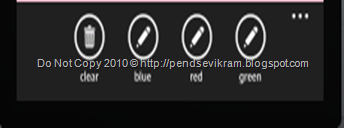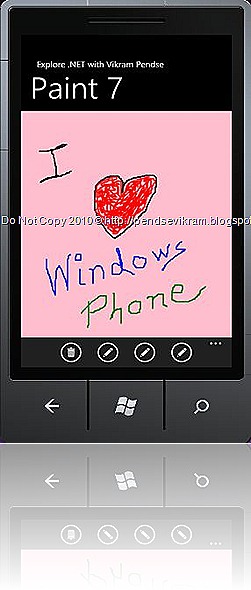I am taking small break in our “Silverlight On Mobile” series for this post. I will not say I am glad but I will say I am happy after what happened at PDC 10. Microsoft Announced The Future aka “Silverlight 5" which is a great breakthrough build coming up if you look at the features list.However there is a still “To be..or not to be..” kind of situation for many of the people after PDC10,but after Scott Gu’s keynote, Vision and Mission is clear for Silverlight from Microsoft.So you can take a beer and relax !
This time..Message is clear : “Future is Bright and Future is Silverlight”
All the fiasco happen due to HTML5 statements in PDC10, tons of things happened across RIA community. Again, Let me tell you from my personal experience, Silverlight is far better choice for LOB/Enterprise RIA Apps than other RIA platforms available and it’s the only choice to build Windows Phone 7 Applications as well.
Before I Copy Paste Silverlight 5 Announced Features, Let me throw my expectations and also let me know your views on the same.
What I am looking at Silverlight to give me in near future …
- Support for Enterprise Library
- Support on Blackberry platform like we have on S60
- Support for Reporting – SSRS specifically
- Cross Platform – Write Once and run on various platforms
- Better Profiler tool
- Simple and Easy to understand Documents/HOL on Silverlight LOB and RIA Services,MVVM pattern
My 0.02 $ on Silverlight 5 and HTML 5, JQuery, Extjs, Flex and other friends :
I may sound Anti Silverlightian here but facts are facts, There is a great demand coming up from end users to get rid of Plug-in methodology and have consistent user experience across Browser and platform,let it be any browser on desktop or mobile devices. Tools and Technology cost should be such that all startups and big shots can go for easily.Right now,people already started Silverlight and HTML 5 comparison Head to Head and which is acceptable in the current business scenario in the world. I am not second to express failure of either and have equal keen interest in HTML 5 being WebDev guy but after announcement of Silverlight 5, I somehow feel that Silverlight has to be in game for a long and with much more different role. I personally do not think that HTML 5 or parallel technologies will kill Silverlight. However they will grow by design and even offer few things which Silverlight is doing today,but I think by that time Silverlight will be in much more good position and will be a unique platform with lots of offerings, So let’s not give away our faith and work we are doing or already done. So be happy..Relax..Silverlight is Silverlight ! ..and it’s the Future of RIA.
Silverlight 5 bits are not for download but you can download the Firestarter event stuff at :
Hands On Labs : http://www.silverlight.net/news/events/firestarter-labs/
Videos : http://channel9.msdn.com/Series/Silverlight-Firestarter?page=1
WCF RIA Services Toolkit December 2010 :
Silverlight 5 Features announced by Microsoft :
Premium Media Experiences
Silverlight 5 offers improved media support and rich UI capabilities:
- Hardware Decode and presentation of H.264 improve performance for lower-power devices to render high-definition video using GPU support.
- TrickPlay allows video to be played at different speeds and supports fast-forward and rewind. At up to twice the speed, audio pitch correction allows users to watch videos while preserving a normal audio pitch.
- Improved power awareness prevents the screen saver from being shown while watching video and allows the computer to sleep when video is not active.
- Remote-control support allows users to control media playback.
- Digital rights management advancements allow seamless switching between DRM media sources.
Business Application Development
Silverlight 5 is Microsoft solution for building next-generation business applications:
- Fluid user interface enables smoother animation within the UI. Inter-Layout Transitions allow developers to specify animations to apply when elements are added, removed or re-ordered within a layout. This provides smoother user experiences when, for example, items are inserted into a list.
- Text improvements make it possible to build rich magazine-style text layouts:
– Multicolumn text and linked text container allow text to flow around other elements.
– Tracking/leading set precisely how far apart each character is for full creative control.
– Text clarity is improved with Pixel Snapping.
– Text layout performance is significantly improved.
– OpenType support has been enhanced. - Support for Postscript vector printing enables users to create reports and documents, including the ability to create a virtual print view different from what is shown on the screen.
- Applications can now work the way users expect with added support for double-click and Combobox type ahead.
- Databinding enhancements allow more work to be done more easily via XAML:
– Debugging support now allows breakpoints to be set on a binding, so you can step through binding failures.
– Implicit DataTemplates allow templates to be created across an application to support a particular type by default.
– Ancestor RelativeSource allows, for example, a DataTemplate to bind to a property on the control that contains it.
– Binding in style setters allows bindings to be used within styles to reference other properties.
– The DataContextChanged event is being introduced.
– Markup extensions allow code to be run at XAML parse time for both properties and event handlers, enabling cutting-edge MVVM support. - Networking and Windows Communication Foundation enhancements:
– Reduced network latency by using a background thread for networking.
– WS-Trust support: message security — encrypted at the Windows Communication Foundation level; Security Assertion Markup Language authentication token. - Silverlight 5 performance improvements include these:
– Reduced network latency by using a background thread for networking.
– XAML parser improvements that speed up startup and runtime performance.
– Support for 64-bit operating systems. - Graphics improvements
– Graphics Processing Unit (GPU) accelerated 3-D application programming interface (API) provides rich graphics on the Web for building advanced data visualizations and rich user experience (UI).
– Immediate mode graphics API allows direct rendering to the GPU.
– Hardware acceleration is enabled in windowless mode with Internet Explorer 9. - Silverlight offers a new class of trusted applications that brings desktop capabilities to the browser for the first time. These features, when enabled via a group policy registry key and an application certificate, mean users won’t need to leave the browser to perform complex tasks:
– Host HTML content as a Web browser control within the Silverlight application. HTML pages, such as help content or e-mail, can be integrated within the application.
– Read and write files to the user’s My Documents folder, making it easier to find media files or create local copies of reports.
– Launch Microsoft Office and other desktop programs. Users can open Microsoft Outlook and create an e-mail message, or send a report to Word utilizing the power of Office.
– Access devices and other system capabilities by calling into application COM components. Users can access a USB security card reader or a bar-code scanner.
– Enjoy full keyboard support in full screen, which enables richer kiosk and media viewing applications.
– Call existing unmanaged code directly from within Silverlight with P/Invoke. - Out-of-browser trusted applications are further enhanced:
– Existing unmanaged code can be called directly from within Silverlight with P/Invoke.
– Child Window support allows multiple windows to be launched from the application. - Tools improvements include these:
– Microsoft Visual Studio profiling support including CPU, memory, thread contention.
– Visual Studio Team Test support.
So..Let there be light ! ..Silverlight !!
I will be back soon with Windows Phone 7 and much more on Silverlight in Year 2011
Vikram.
